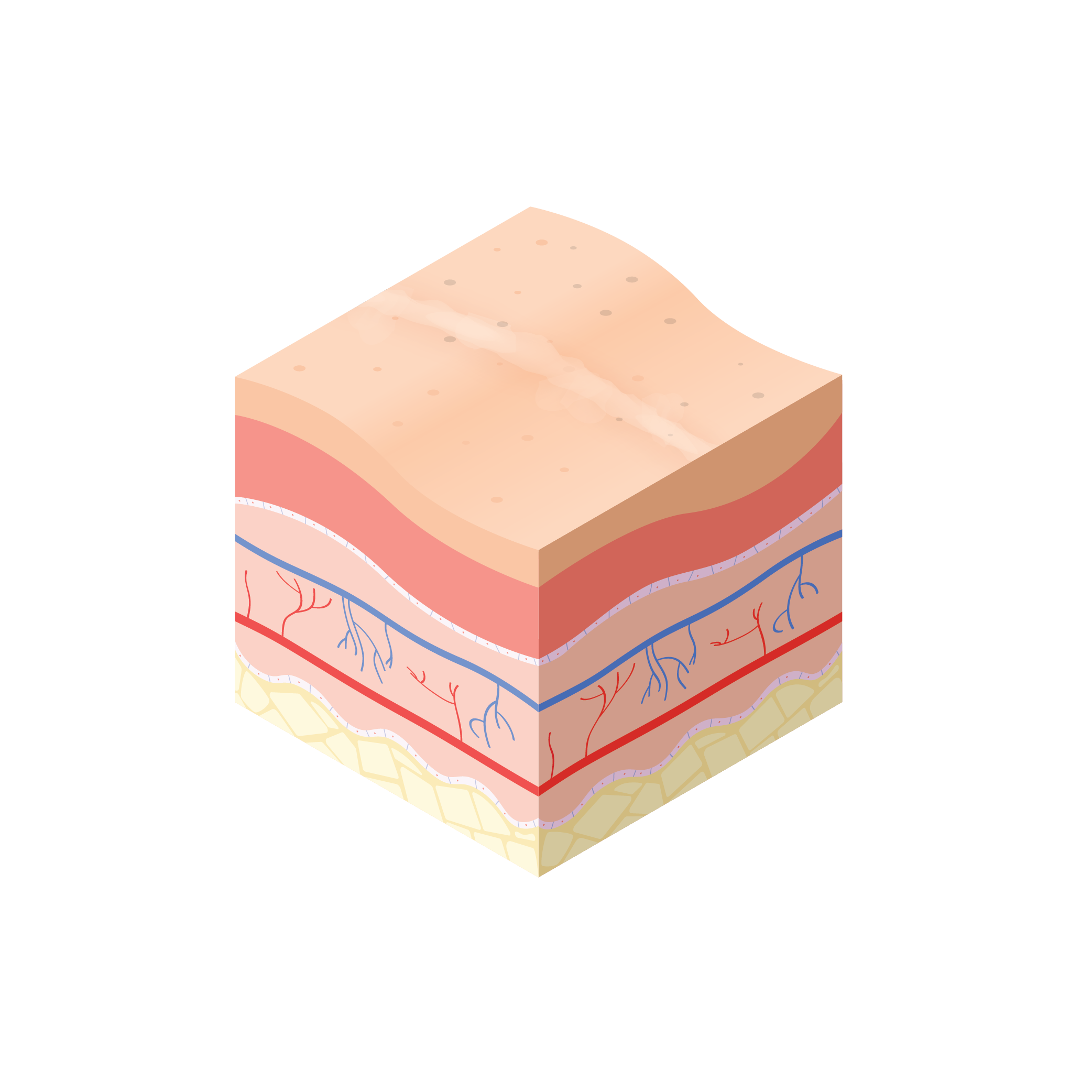
What is a Scar?
A scar is a mark left on the skin after a wound or injury has healed. It is the body's natural way of healing and replacing lost or damaged skin, and is usually composed of fibrous tissue.
Scars may be formed for many different reasons, including as a result of infections, surgery, injuries, or inflammation of tissue.A scar is It may appear flat, lumpy, sunken, or coloured.
There are different types of scars:
- Keloid scars. These scars are the result of an overly aggressive healing process. They extend beyond the original injury. Over time, a keloid scar may hamper movement.
- Contracture scars. If your skin has been burned, you may have a contracture scar. These scars tighten skin, which can impair your ability to move. Contracture scars may also go deeper, affecting muscles and nerves.
- Hypertrophic scars. These are raised, red scars that are similar to keloids but do not go beyond the boundary of the injury.
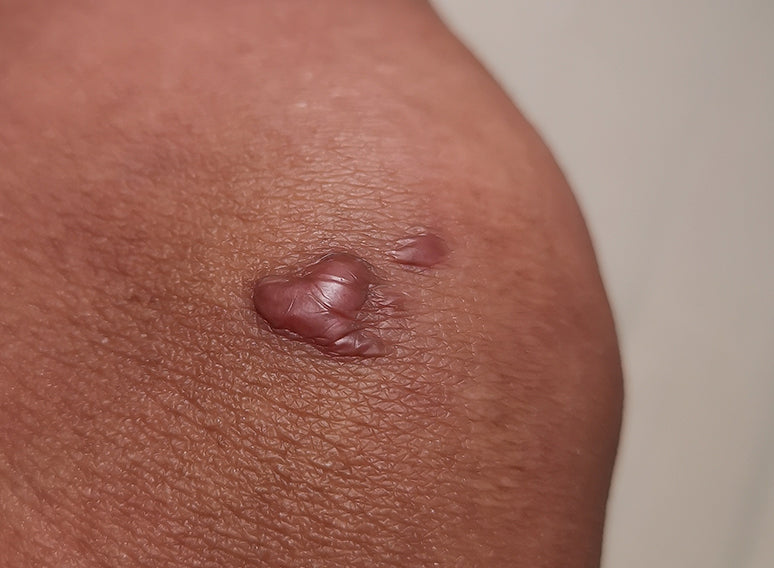
Treatment Aims
For Keloid and Hyperthrophic scars, silicone sheets may help to flattenthe scar, these can b applied both during the healing process to reduce the risks of scarring or after to reduce the symptoms.
Products that treat Scars

Learn More
With the Education HubWant to learn more about a range of different wound types and how they can be treated? Visit our free Education Hub.
Wound Types
Select a wound type below to discover more...
-
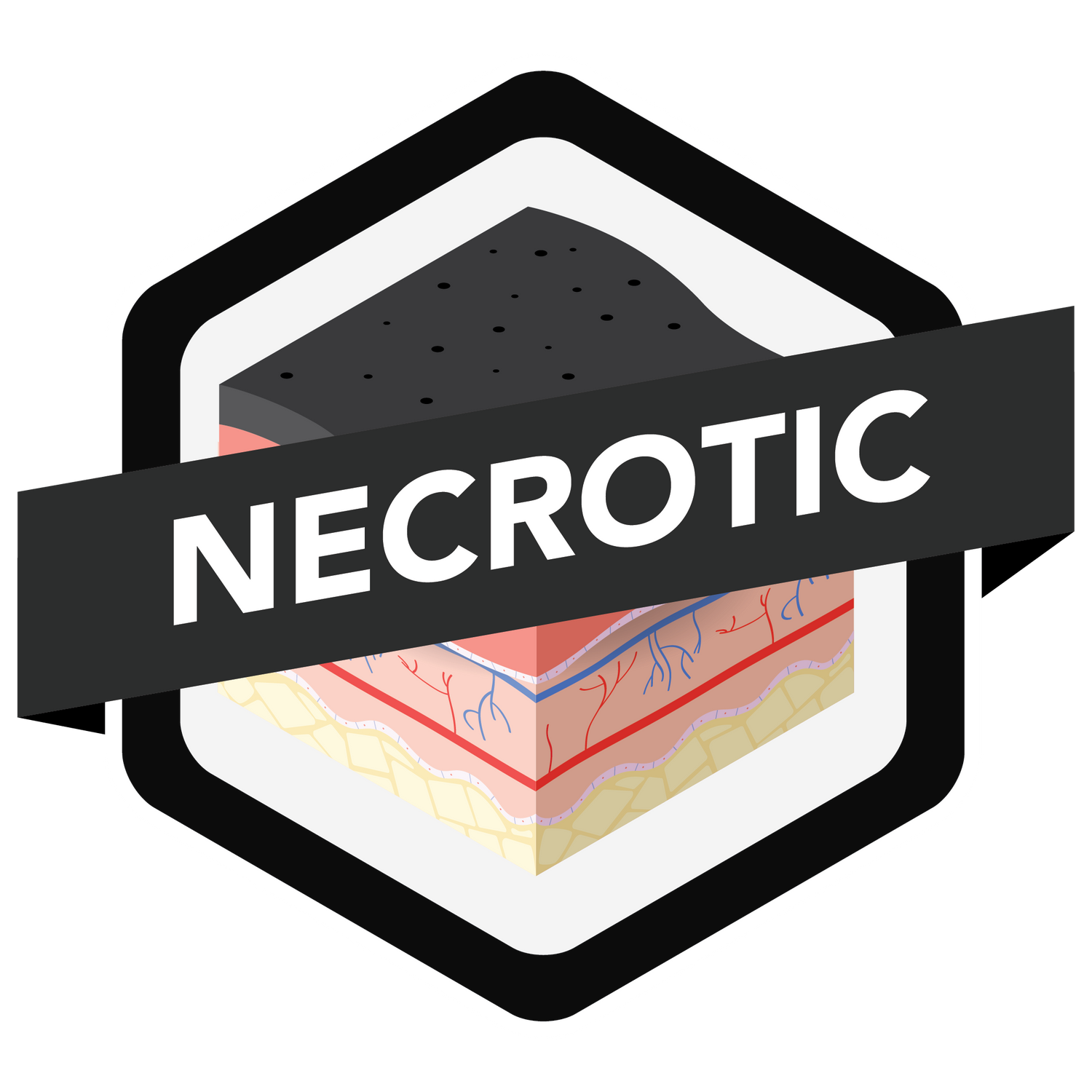
Necrotic tissue is dead or devitalised non-viable tissue which impedes wound healing.
-
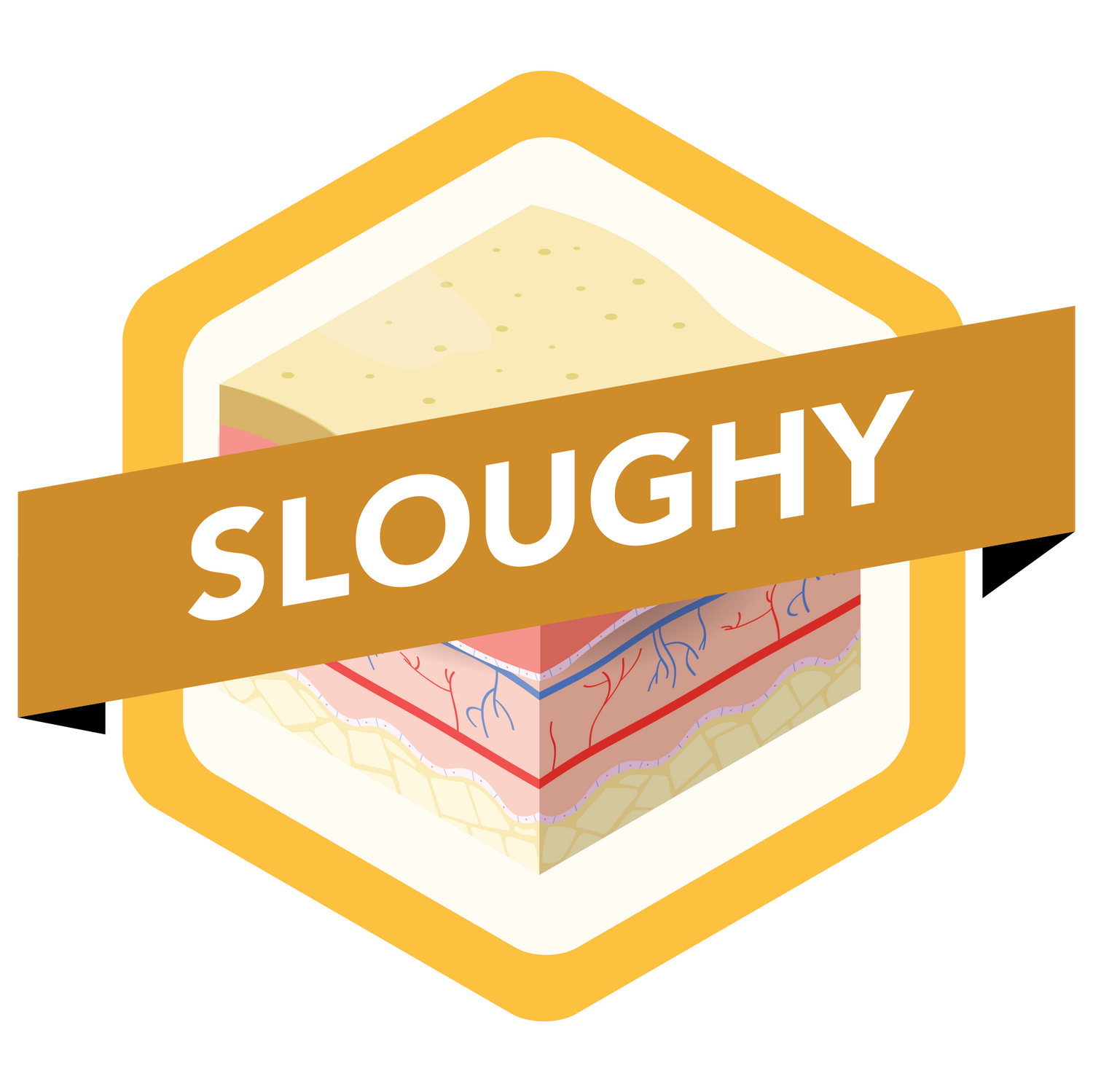
Slough refers to the yellow/white material in the wound bed.
-
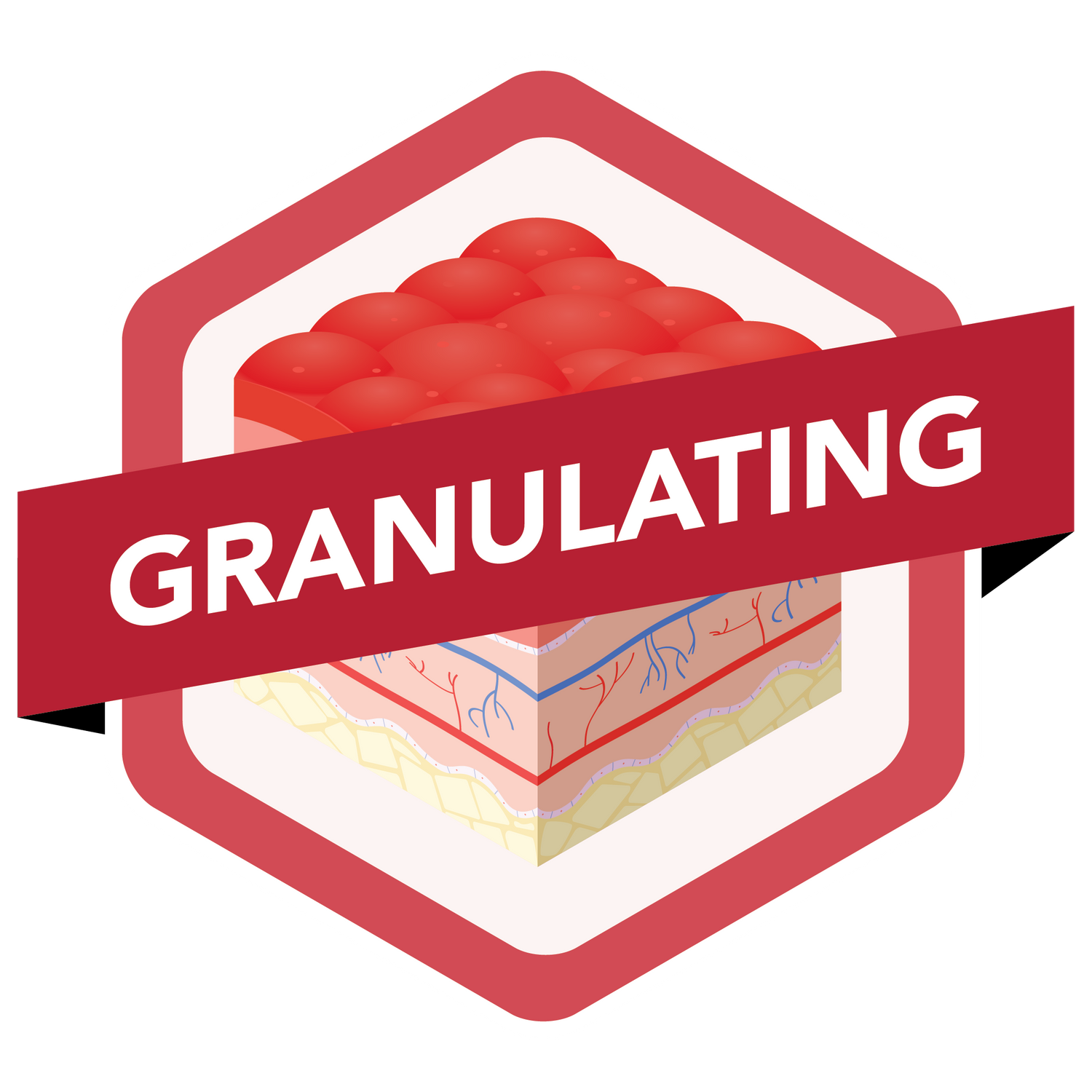
Granulation describes the appearance of the red, bumpy tissue in the wound bed as the wound heals.
-
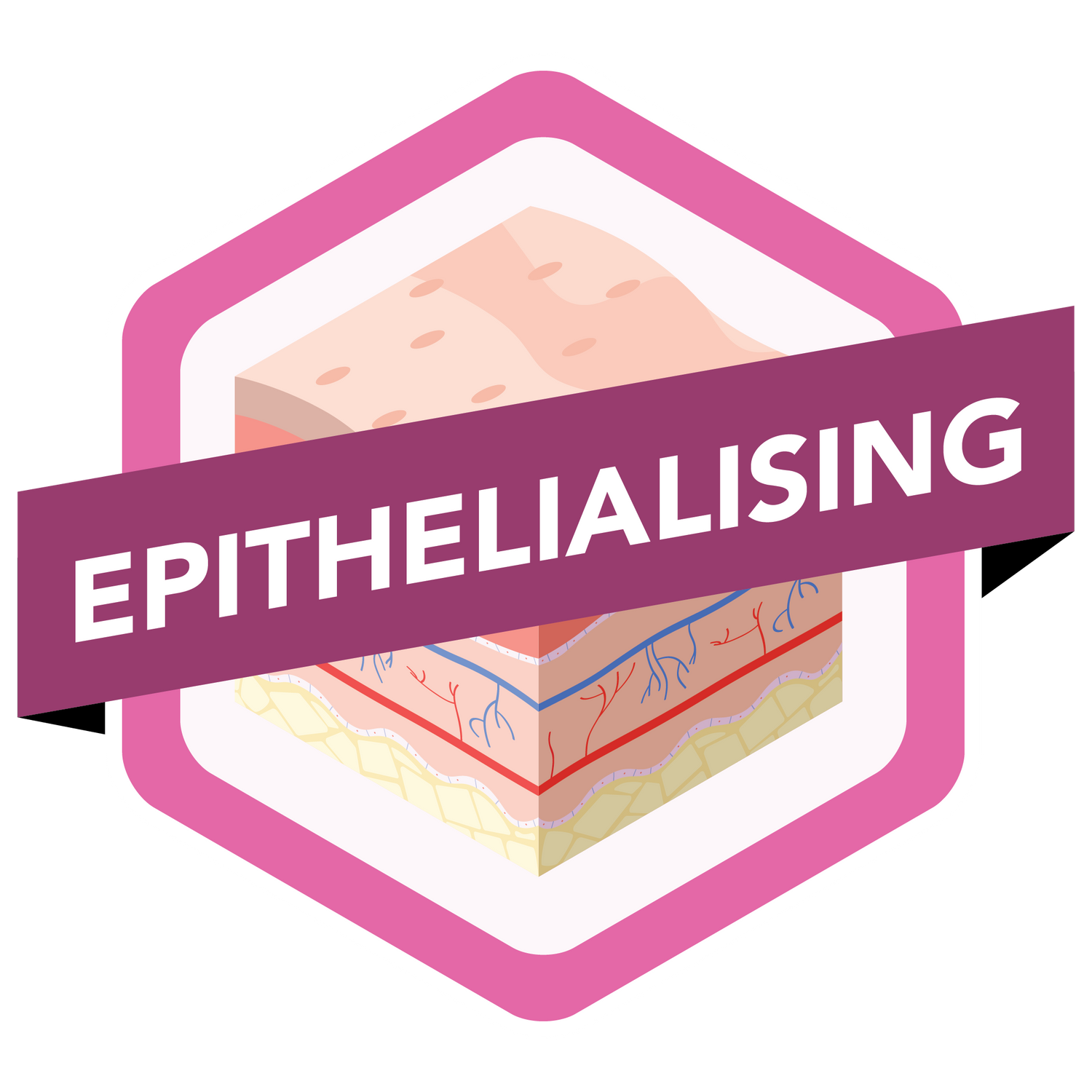
Epithelialisation is the final stage of wound healing and is pink/white in colour.
-
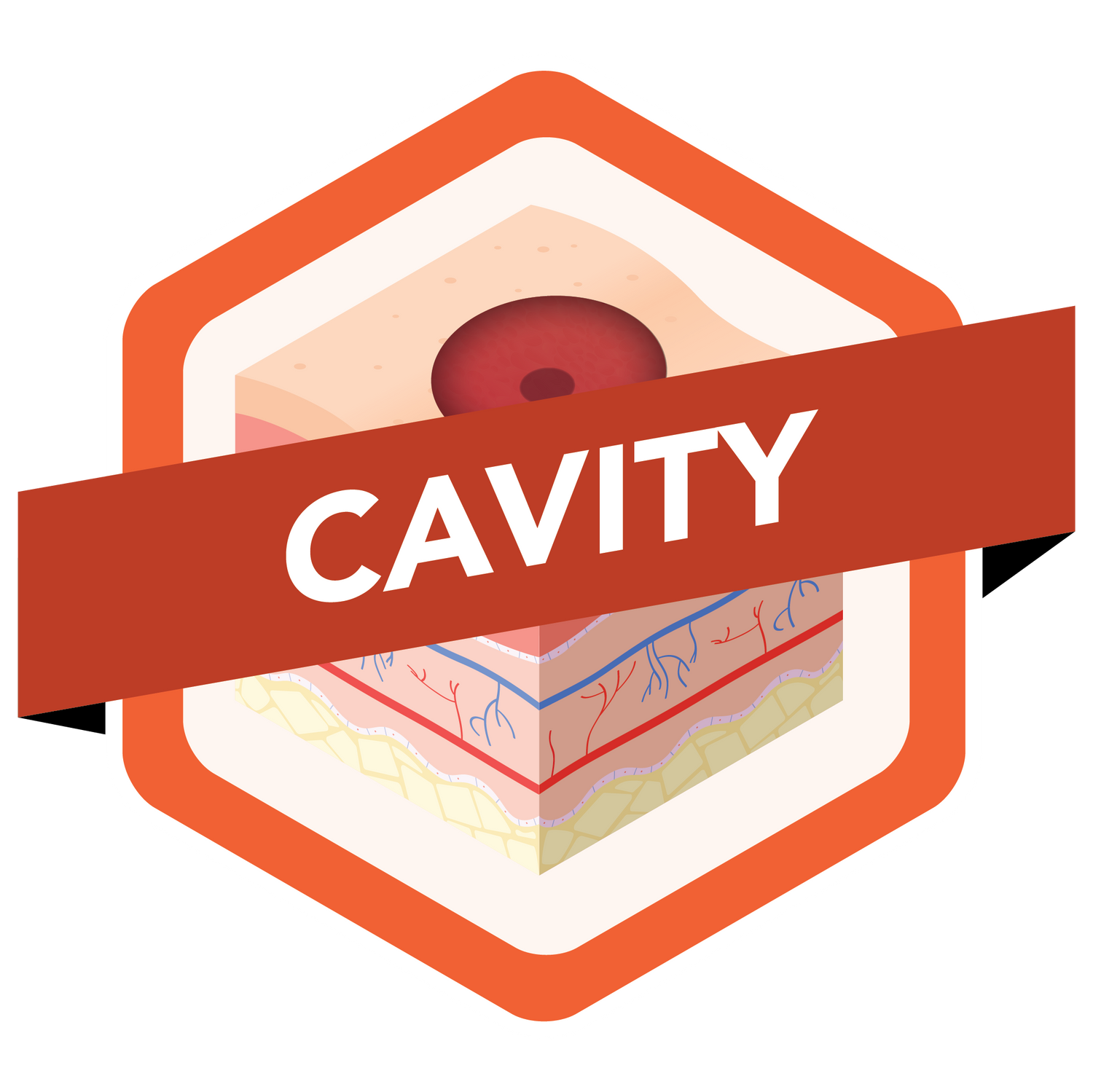
Cavity wounds can be defined as a wound that extends beneath the dermis.
-
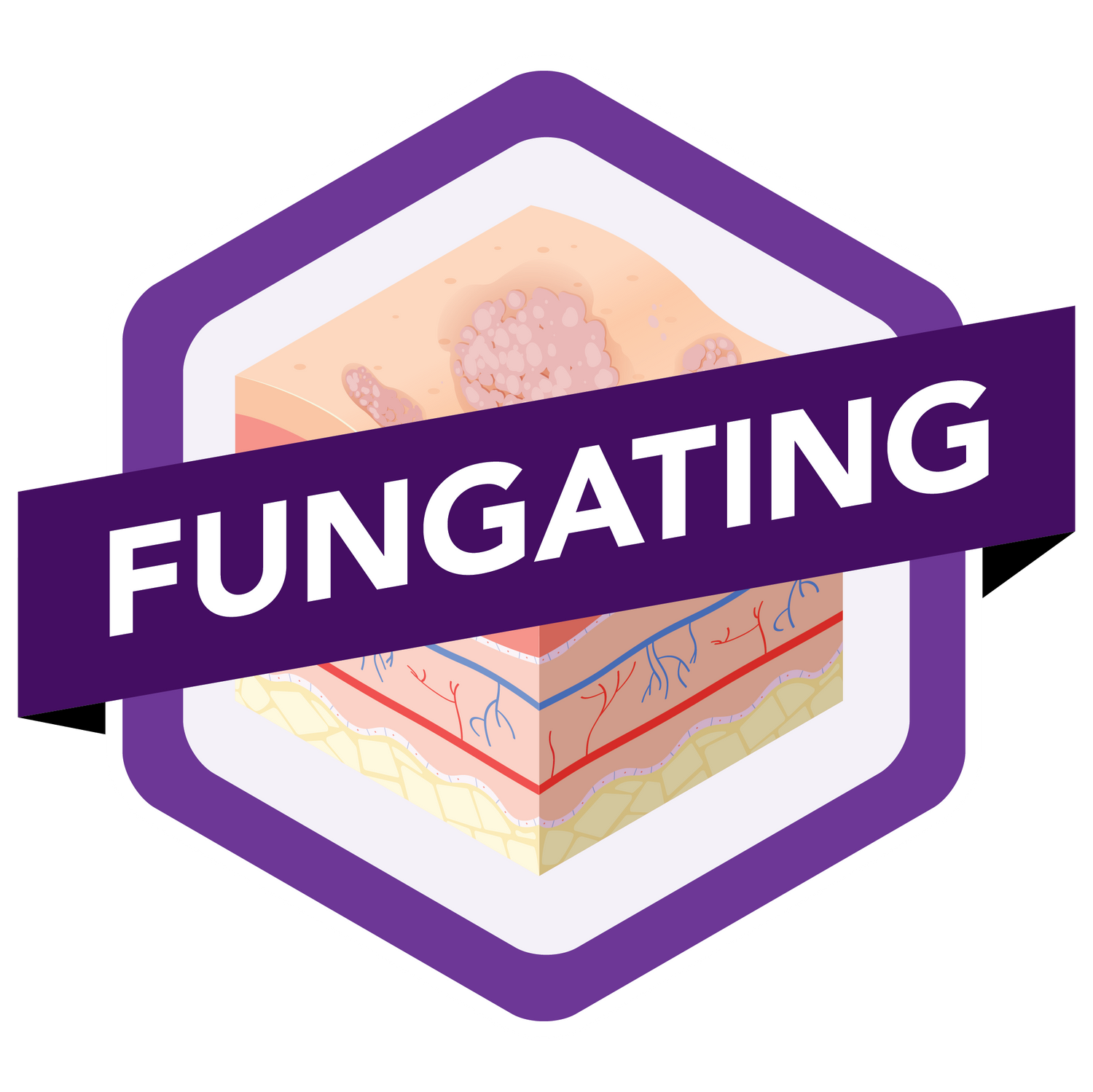
A fungating wound develops when cancer that is growing under the skin breaks through the skin and creates a wound.
-
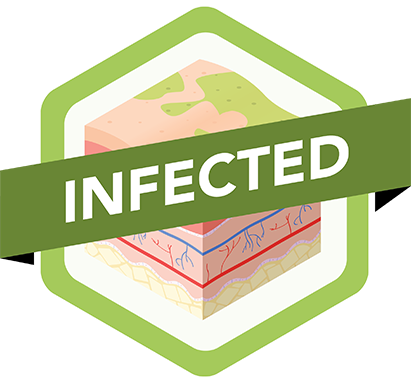
Infection can develop in any type of wound and is usually accompanied by pain, inflammation and swelling.
-
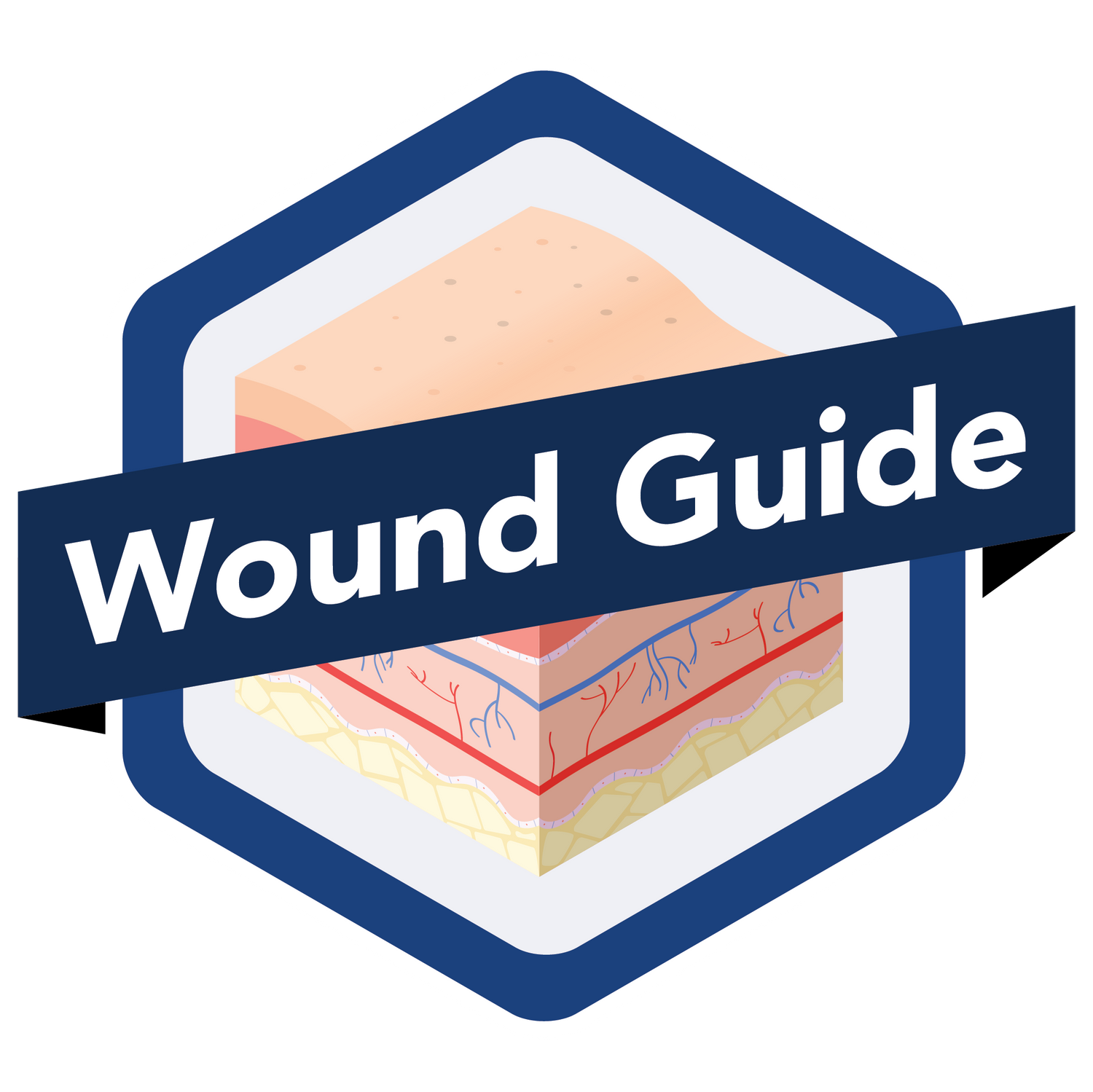
Return to the Wound Guide Information Page











